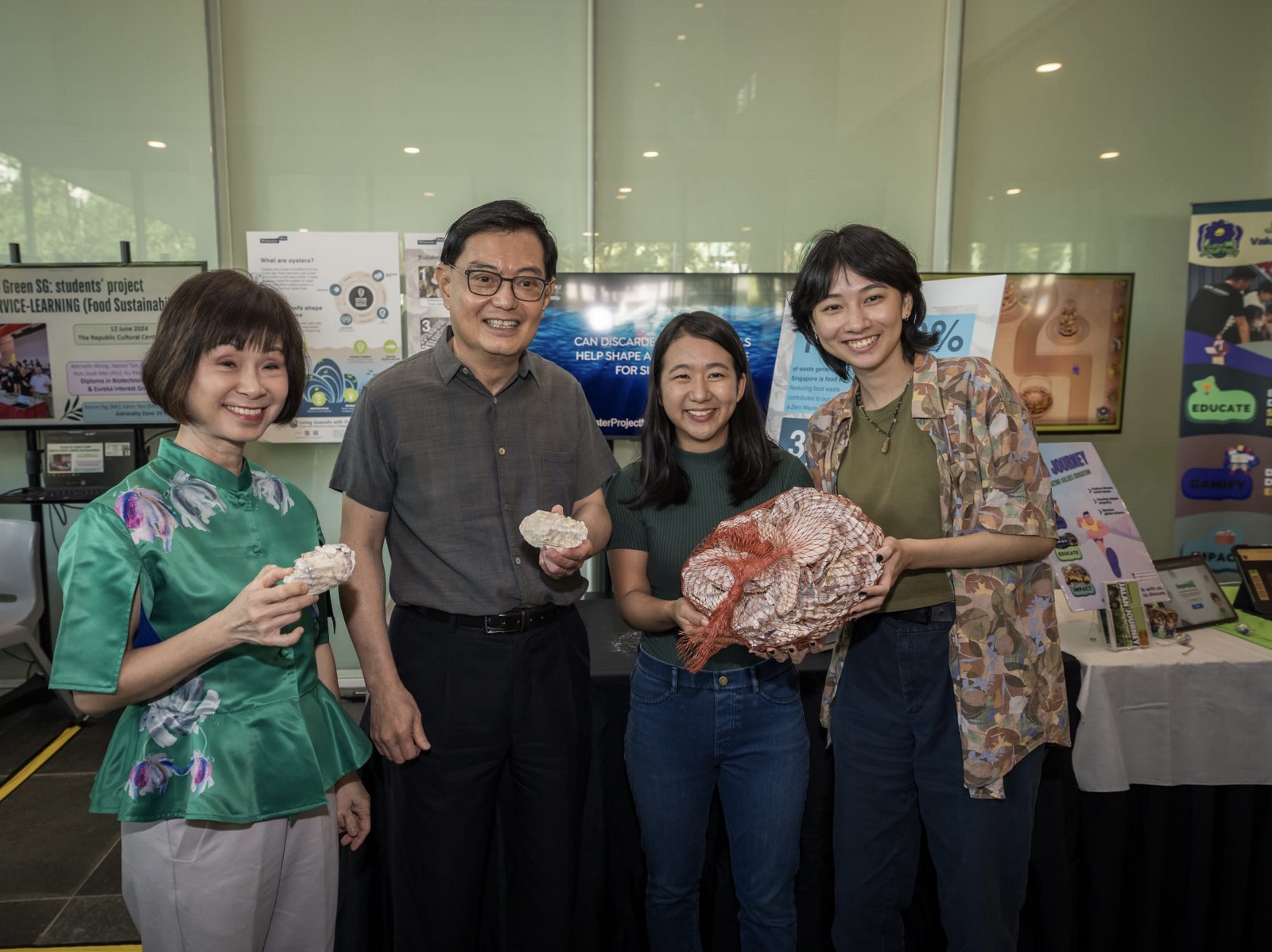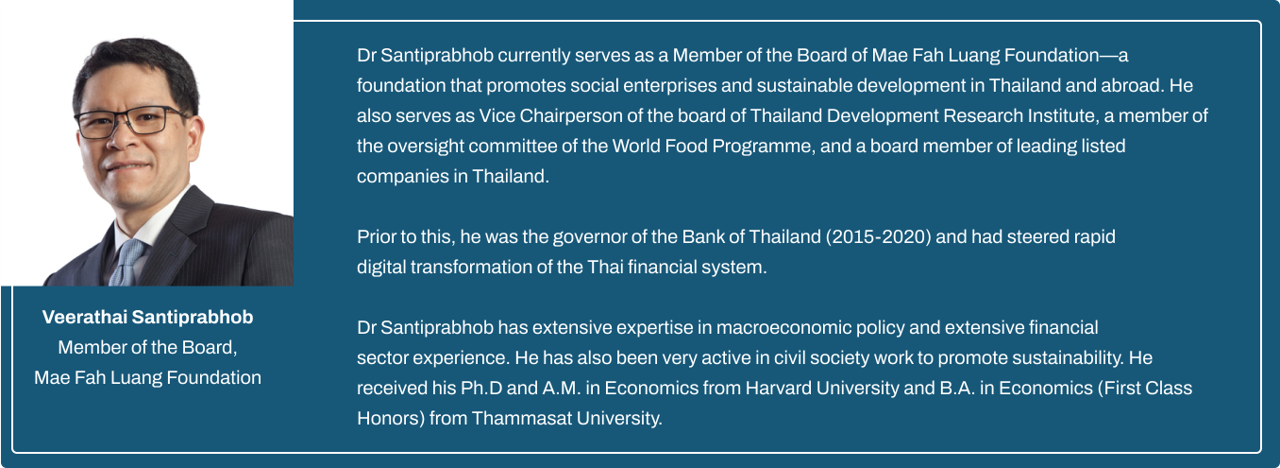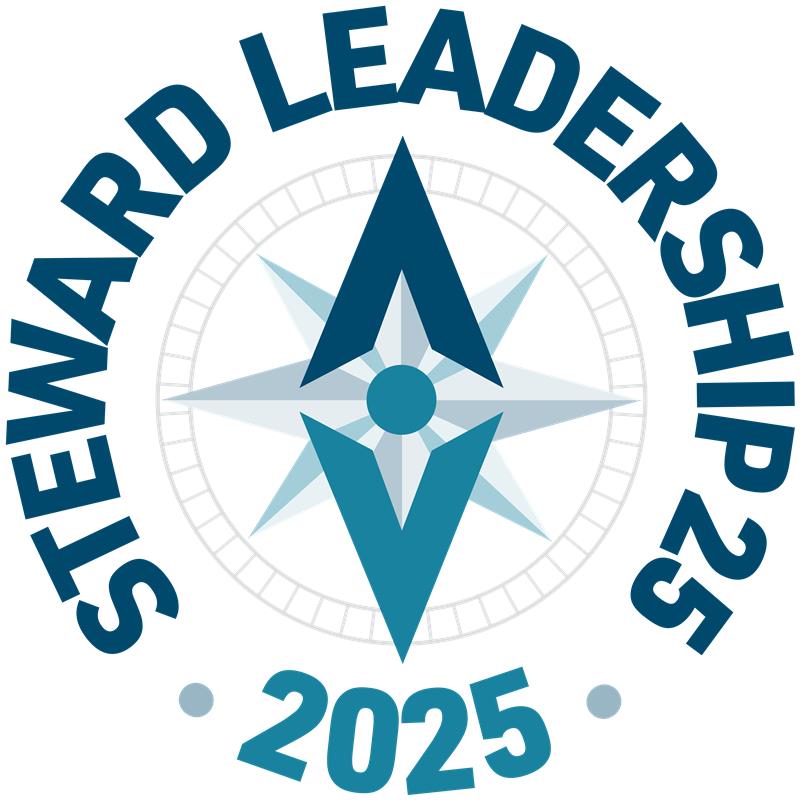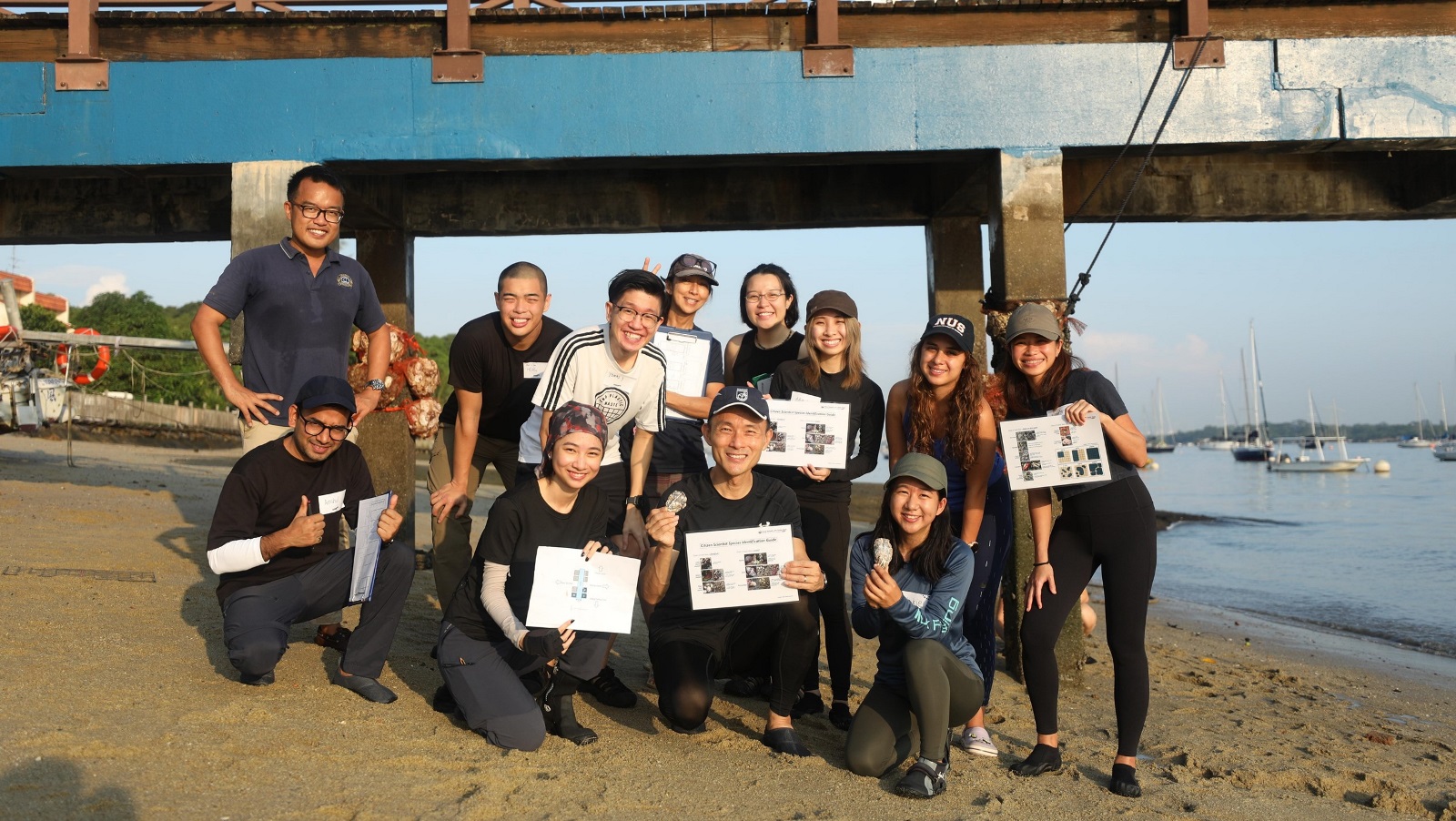In Singapore, where 70% of the coast is hardened, Witteveen+Bos piloted the first artificial oyster reefs, turning 130kg of discarded shells into a living seawall that now supports three times more species.
Challenge
The 193-km coastline of Singapore’s mainland is on the frontline of climate change. A rising sea level and accelerating coastal erosion have already forced the city to armour 70% of its shores with concrete and rock. These barriers may hold back the water, but they also strip the coastline of life, turning once-teeming habitats into less ecologically complex edges.
At the same time, another crisis was piling up inland: food waste. More than 800,000 tonnes are generated annually, 12% of the national total. Mountains of oyster shells, prized in restaurants but unutilised afterwards, were ending up in landfills, while they could have been reused as habitat.
With limited space available for effective mangrove or coral restoration, the question was stark: could one solution tackle coastal protection, waste reduction, and habitat loss—all at once?

Solution
In August 2023, Witteveen+Bos South-East Asia launched Living Seawalls with Artificial Oyster Reefs at Changi Sailing Club to test this exact possibility. With support from the SG Eco Fund and a diverse network of partners—from hotels like W and Sofitel to local oyster restaurants, environmental groups, and Setsco—more than 3,000 oyster shells, weighing 126 kilograms, were diverted from the waste stream.
The shells were sterilised and packed into specially designed reef bags, forming modular units that could be deployed at the intertidal zone for scientific study. Over 100 volunteers joined in the process, including 45 youths with autism and their families from Rainbow Centre, making the project as much about community and inclusion as it was about science and engineering. By placing these oyster reef units against bare concrete pillars, the team created living testbeds to compare ecological outcomes against traditional infrastructure.
Over 1,000 people were reached in its first year through school visits, project showcases, and conferences, including Singapore International Water Week, WWF Seas The Day, and Go Green SG.
Impact
Once installed, the reef bags quickly came alive. Within two months, oyster spat (oyster babies) were observed; after six months, nearly half the shells hosted spat, with 17% more shells in the lower intertidal zone recruiting spat than the higher intetidal zone. Ecological monitoring elucidated the reef’s role as a biodiversity-enhancing structure: reefed pillars supported three times more species than bare pillars, including stone crabs, limpets, ascidians, sponges, and juvenile fish like blennies caring for their eggs. What was once landfill waste had become a nursery for marine life.
Beyond its ecological success, the project became a platform for public engagement and education. Financially, the pilot was co-funded by the SG Eco Fund and in-kind contributions, and has already catalysed two new funded projects, multiple proposals, and exploratory discussions with agencies about integrating oyster reefs into national coastal protection strategies.
Future outlook
The pilot is now a springboard for regional scale-up. Oyster reef projects are being expanded to Thailand, Indonesia, and the Philippines, while talks are underway with Singapore’s PUB to further coastal protection initiatives. Plans include co-creating a 300 kg student-led reef and embedding shellfish reefs in larger regional initiatives such as the Bintan Resilient Horizons programme, which blends mangrove restoration, shellfish reef creation, and community upliftment.
By highlighting that coastal infrastructure can double as marine habitat, Witteveen+Bos is advancing a new model of engineering: one where waste is turned into living habitat, communities are part of the solution, and coastlines where protection does not come at the expense of nature.

Witteveen+Bos is an engineering consultancy firm established in the Netherlands in 1946. Witteveen+Bos has international experience in multidisciplinary studies, including the development and design of coastal structures. In Singapore, Witteveen+Bos South East Asia's Nature+ group seeks to restore nature through nature-positive engineering, creating a more nature-positive world.
Learn more about Witteveen+Bos South-East Asia through their website. To collaborate or connect, reach out directly to our SL25 team.
Connect














